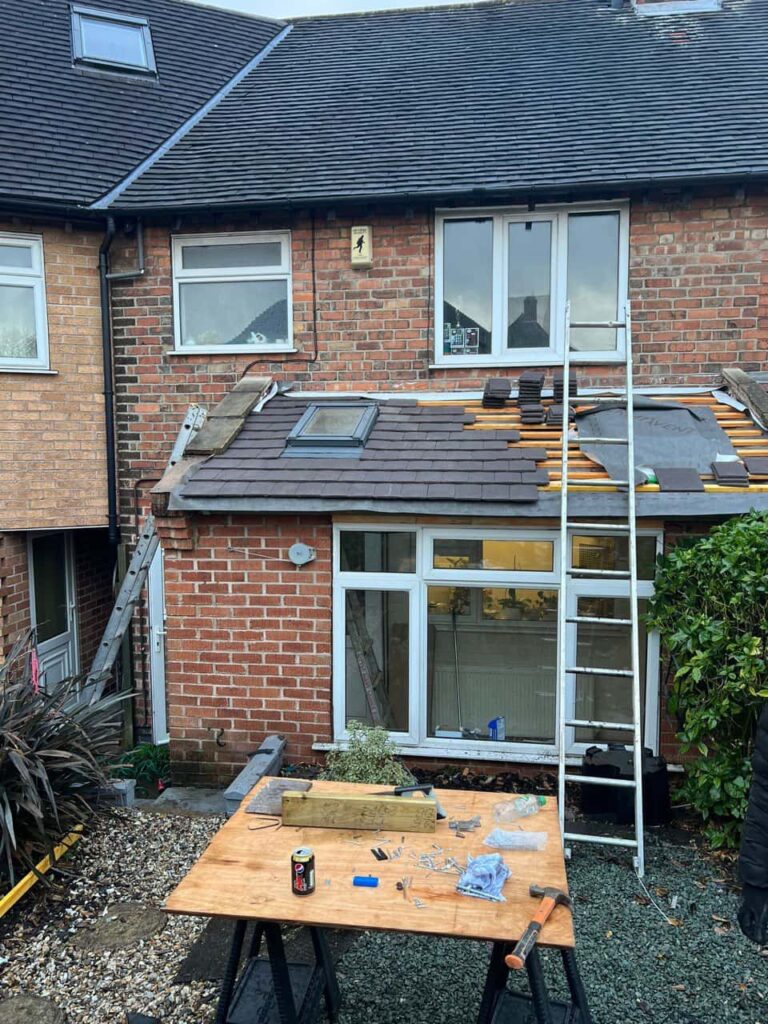Introduction: When it comes to roofing materials, energy efficiency is becoming an increasingly important factor for homeowners and property owners. A roof that effectively insulates and reduces heat transfer can lead to lower energy bills and a more comfortable indoor environment. In this blog post, we’ll explore the energy efficiency ratings of felt roofing materials and how they can contribute to energy savings and environmental sustainability.
Understanding Energy Efficiency Ratings:
Energy efficiency ratings for roofing materials are typically measured by two key metrics: thermal resistance (R-value) and solar reflectance.
Thermal Resistance (R-value):
- The R-value measures a material’s ability to resist heat transfer. A higher R-value indicates better insulation properties, meaning the roofing material can effectively prevent heat from escaping or entering the building through the roof. Felt roofing materials with higher R-values provide better thermal insulation, helping to maintain consistent indoor temperatures and reduce heating and cooling costs.
Solar Reflectance:
- Solar reflectance, also known as albedo, refers to the roofing material’s ability to reflect sunlight and heat away from the building. Materials with higher solar reflectance absorb less heat, reducing the amount of heat transferred to the interior of the building and lowering cooling loads. Felt roofing materials with high solar reflectance can help keep buildings cool in hot climates, reducing the need for air conditioning and lowering energy consumption.
Benefits of Energy-Efficient Felt Roofing:
Investing in energy-efficient felt roofing materials offers several benefits:
Lower Energy Bills:
- By reducing heat transfer and maintaining comfortable indoor temperatures, energy-efficient felt roofing can lead to lower heating and cooling costs year-round. Homeowners and property owners can enjoy significant savings on their energy bills over the lifespan of the roof.
Increased Comfort:
- Energy-efficient roofing helps maintain consistent indoor temperatures, enhancing occupant comfort throughout the year. By minimising temperature fluctuations, occupants can enjoy a more comfortable living or working environment.
Environmental Sustainability:
- Reducing energy consumption through energy-efficient roofing materials contributes to environmental sustainability by lowering greenhouse gas emissions associated with energy production. Energy-efficient roofs help mitigate the urban heat island effect and reduce the demand for fossil fuels, thereby reducing the carbon footprint of buildings.
Conclusion: Incorporating energy-efficient felt roofing materials into your roofing project can lead to significant energy savings, increased comfort, and environmental benefits. When selecting felt roofing materials, consider their thermal resistance (R-value) and solar reflectance ratings to ensure optimal energy performance. Consult with a reputable roofing contractor to explore energy-efficient roofing options that meet your specific needs and budget, helping you create a more sustainable and cost-effective building envelope.
Call us on: 023 8235 2090
Click here to find out more about Portsmouth Roofing Repairs
Click here to complete our contact form and see how we can help with your roofing needs.

